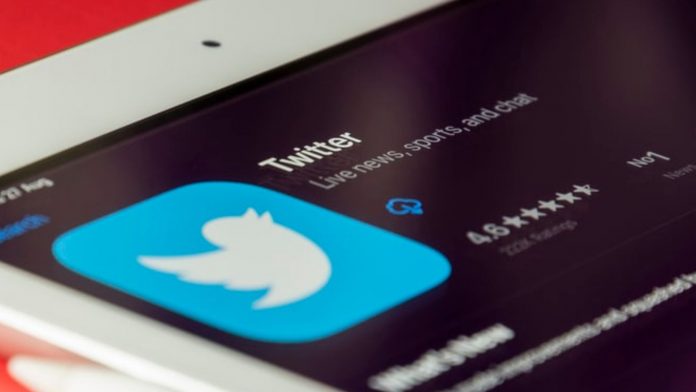Twitter is an American social media platform which connects users with post and helps them interact with messages known as “tweets”. In contrast, Registered users can post, like, and retweet tweets; unregistered users can only read them. Users can access Twitter through its website interface or its mobile-device application software. Twitter was created by Noah Glass, Jack Dorsey, Biz Stone, and Evan Williams in March 2006 and launched in July 2006. By 2012, more than 100 million users posted 340 million tweets a day. In addition, the service handled an average of 1.6 billion search queries per day. Starting from last month, Twitter introduced a new way for people to sent and receive cash and gifts. But now the service is adding.
An Indian payment gateway, Razorpay, is an additional payment provider. This new up-gradation is called tip jar. To begin with, only a limited group will see the option to add Tip Jar to their profile. This group includes creators, public figures, experts, community leaders, and journalists. After that, everyone can send tips to applicable accounts on Twitter for iOS and Android via third-party payment services.
Tip Jar works with third-party payment providers like PayPal, Cash App, Patreon, Bandcamp, Venmo, and Razorpay. By integrating Razorpay, the service hopes to provide Indian people with a secure and straightforward way to transfer money as a token of appreciation or as a gift. Tip Jar is available in multiple Indian languages to better serve them, including Bengali, Gujarati, Hindi, Kannada, Marathi, Tamil. Through Razorpay’s interface, people will support individuals and organizations across India via Multiple modes of payment, including UPI, credit and debit cards, net banking, wallets, and more. Twitter is also working on adding more payment providers to the feature around the globe.
According to ET’s report of May 26, the introduction of the Twitter Tip Jar feature in India will have wast number of implications for the local creator ecosystem, the most prominent of which could be the elevation of the microblogging platform’s status as a monetizing platform for social and creative influencers in the country. Other use cases include mobilizing donations and funds for relief efforts by NGOs and social workers by directly appealing to users.
Follow and connect with us on Facebook, LinkedIn & Twitter.

